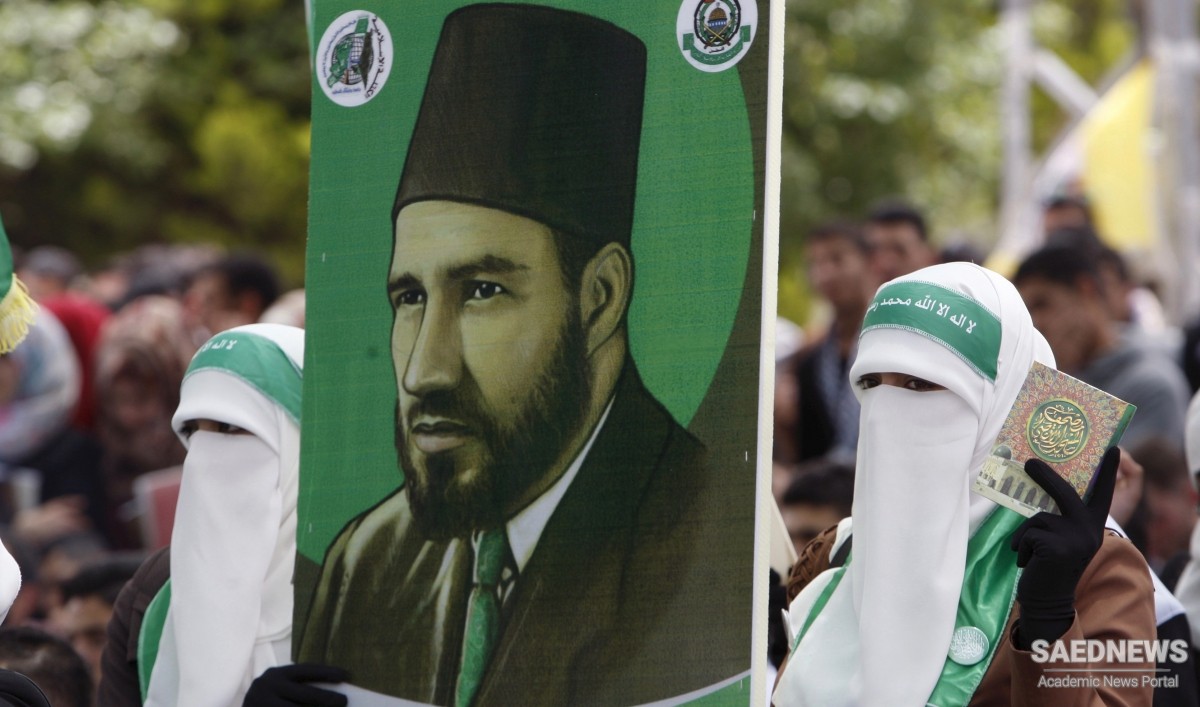It became established that the means to realize this end were undoubtedly peaceful, as had been stressed by the movement’s founders back in the Egypt of the 1930s. Yet over the following decades, groups within the Muslim Brotherhood adopted violence and clashed with governments in Egypt and Syria. Since the mid1980s they have overwhelmingly adhered to peaceful means, even when confronted with extreme oppressive measures, as was the case with the Tunisian Islamist movement in the late 1980s and afterwards.
On one side of the Muslim Brotherhood’s centre position on this ends/means continuum, there are groups such as alQaeda which embrace violence wholeheartedly in their pursuit of their political aims. Hamas also lies somewhere on this side of the continuum, but closer to the Muslim Brotherhood than to al-Qaeda, by virtue of its unique specificity of using violence only against foreign occupying powers and not against national governments. On the other side of the Muslim Brotherhood there are smaller groups that distance themselves from politics, such as al-Dawa wal Tabligh, which believes only in spreading religious teaching and morality, and Hizb al-Tahrir, whose politicization of religion is perhaps stronger than that of the Muslim Brotherhood, but it believes neither in violence nor in political participation in existing systems. For it, the fight is purely intellectual.
Hamas represents the internal metamorphosis of the Palestinian Muslim Brotherhoods which took place in the late 1980s. Officially, the Palestinian branch of the Muslim Brotherhood was founded in 1946 in Jerusalem, although its presence and activities in Palestine go back to 1943/4 in Gaza City, Jerusalem, Nablus and other cities. The aims, structure and outlook of the Palestinian Muslim Brotherhood were drawn along the main lines of thinking of the mother organization in Egypt, where Islamization of society is the prime goal. At this time there was no Israel, and Islamists were dealing with the British mandate and the growing power of the Zionist movement.
There is no strong record of the Palestinian Muslim Brotherhood fighting against British troops in Palestine during the mandate period. The Egyptian Muslim Brotherhood, however, took part in the 1948 war against the British by sending hundreds of volunteers to fight alongside the then-weak Egyptian army. After the creation of the state of Israel in 1948, the Palestinian Muslim Brotherhood was physically divided into two parts; one in the West Bank which was annexed to Jordan and where the Palestinian Muslim Brotherhood joined the Jordanian Branch of the Muslim Brotherhood, and one in the Gaza Strip, which was left under Egyptian administration, and thus the Palestinian Muslim Brotherhood there became close to the Egyptian Muslim Brotherhood.
By the war of 1967, new political and geographical realities were brought into being when the entire area of historic Palestine, including the West Bank and the Gaza Strip, fell under Israeli control. The two wings of the Palestinian Muslim Brotherhood, the Gazan and the West Bank, became closer and developed unitary structures over the years. In the 1970s and 1980s, the Palestinian Muslim Brotherhood amassed strength and established footholds in all major Palestinian cities. On the broader Palestinian political scene, leftist and nationalist movements had been outpacing and outpowering the Muslim Brotherhood in both Gaza and the West Bank from as early as the 1940s up to the late 1980s. In particular, the Fatah movement (the Palestinian National Liberation Movement), and the PLO (the Palestine Liberation Organization) which is the wider umbrella of the national Palestinian movements, dominated Palestinian politics over those decades.
The 1980s witnessed a rapid growth in the power of the Muslim Brotherhood. In December 1987 a popular Palestinian uprising, the intifada, against the Israeli occupation erupted first in the Gaza Strip, then in the West Bank. On the eve of that uprising, the Palestinian Muslim Brotherhood decided to undertake a major transformation within the movement. It established Hamas as an adjunct organisation with the specific mission of confronting the Israeli occupation.


 The Muslim Brotherhood Roots of HAMAS
The Muslim Brotherhood Roots of HAMAS














































